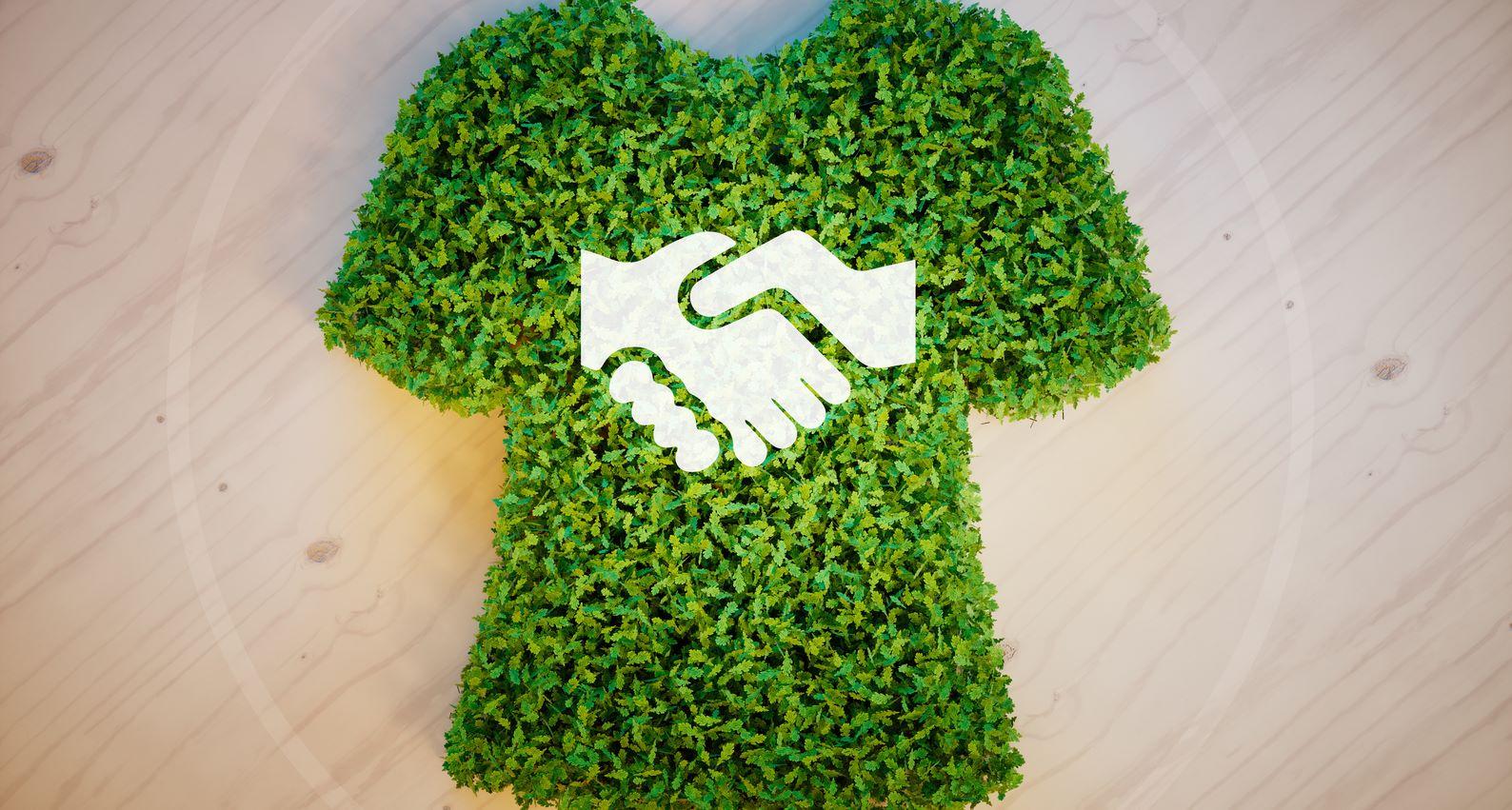Sustainability in Procurement – Textile Industry
Published on 18 Aug, 2021

Sustainability is the need of the hour and industries across the world are embedding this concept in their strategic plans. The textile industry, which forms the backbone of the fashion trade, is introducing changes in its processes and gradually implementing them. However, textile, apparel, and fashion companies face certain challenges in the complete adoption of sustainability. Can they overcome these obstacles and move ahead?
Leading global fashion labels are committing to the inclusion of sustainability in all their processes. The more evolved and aware new-age customers prefer brands that promise responsible sourcing and sustainable production. This has brought about a massive shift in purchase trends. While the top brands were always more in line with the need to integrate sustainability with the supply chain, other players are also realizing its importance. Moreover, various textile trading countries have implemented regulations to follow green sourcing, which helps control cost and boost production capacity.
However, the conversion to sustainable sourcing is a long-term process. Organizations looking to make this change will have to begin at the grassroots level and initiate it gradually.
- Sourcing materials – Fast fashion brands prefer cheap and easily available non-biodegradable material. However, this material soon ends up choking landfills and affecting marine lives. Thus, it is essential to increase the share of organic and sustainable material being used in this segment.
- Ensuring transparency and traceability – Increasing awareness among consumers drives the need to have a more transparent supply. It will soon be imperative for companies to communicate the details of their suppliers from the point of origin to the point of purchase.
- Creating strategic partnerships – Fashion and apparel brands will have to form a strategic alliance with suppliers who proactively invest in environmental sustainability and employee well-being. For green practices to be embraced across the value chain, collaboration with key suppliers is essential.
- Reinventing purchase practices – The entire process of purchase practices, from planning and negotiation to order placement, will have to be revolutionized to introduce sustainability.
What is sustainable sourcing?
Sustainable or green sourcing refers to the process of procuring cost-effective material that generates benefits and minimizes damage to the environment across the supply chain. It requires strategic planning and must be implemented from the beginning of the supply chain.
In the textile industry, several types of recycled material such as cotton, cashmere, nylon, wool, polyester, and even plastic could be used.
Growth of sustainable fashion
The need to adopt environment-friendly practices in the textile industry is propelled by many factors, the leading being rising consumer interest in sustainable fashion. It is becoming a critical factor for the competitive success of fashion brands. The modern consumer is ready to pay a premium for green fashion and base his/her decision on not just the product but its entire production cycle.
Strict government regulations across the world also provide an impetus for organic processes in the textile industry. The UN Sustainable Development Goals adopted in 2015 now form the core framework for implementing sustainability strategies. Furthermore, in 2015, the G7 Leaders Declaration agreed to “promulgate industry-wide due diligence standards in the textile and ready-made garment sector.” This resulted in OECD Due Diligence Guidance for Responsible Supply Chains in the Garment and Footwear Sector. In 2019, G7 summit introduced Fashion Pact, with 32 major apparel companies sharing a common objective for environmental sustainability.
Countries also implement individual rules and regulations to drive growth in green fashion. While China effected tight environmental policies in its 13th Five Year Plan in 2016, France introduced a circular economy law prohibiting clothing companies from destroying overstock. In Turkey, a zero-waste campaign was developed in 2019. Such initiatives are being undertaken in other countries as well.
Challenges
Achieving sustainability in textile industry is fraught with various challenges. The foremost is the lack of any defined standards for organic practices in the industry. While attempts such as employing the Sustainable Apparel Coalition’s Higg Index have been made, it still does not clearly define what is expected from the companies to be deemed “green.” Sustainability is a wide term that can encompass a variety of initiatives from using organic fabric to creating capsule collections. Hence, it is difficult to determine if the company is in the sustainability bracket in view of the initiatives it undertakes.
Keeping the customer informed about the company’s value chain is easier said than done, because it is difficult to communicate the entire breadth and complexity of green solutions to customers. At best, companies can share their raw material purchase criteria or the standards maintained at their production facilities.
Therefore, while there is growing consumer and regulatory focus on sustainability, adopting and implementing it is not easy. It requires process changes across supply chain, right to the grassroots level, which is neither easy nor inexpensive. However, the point of concern is that while fashion and apparel companies have started making the first move toward this initiative, will the entire industry successfully embrace sustainability?

